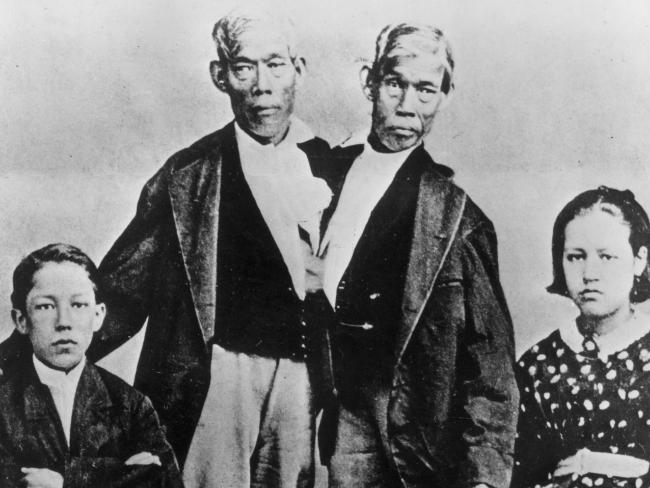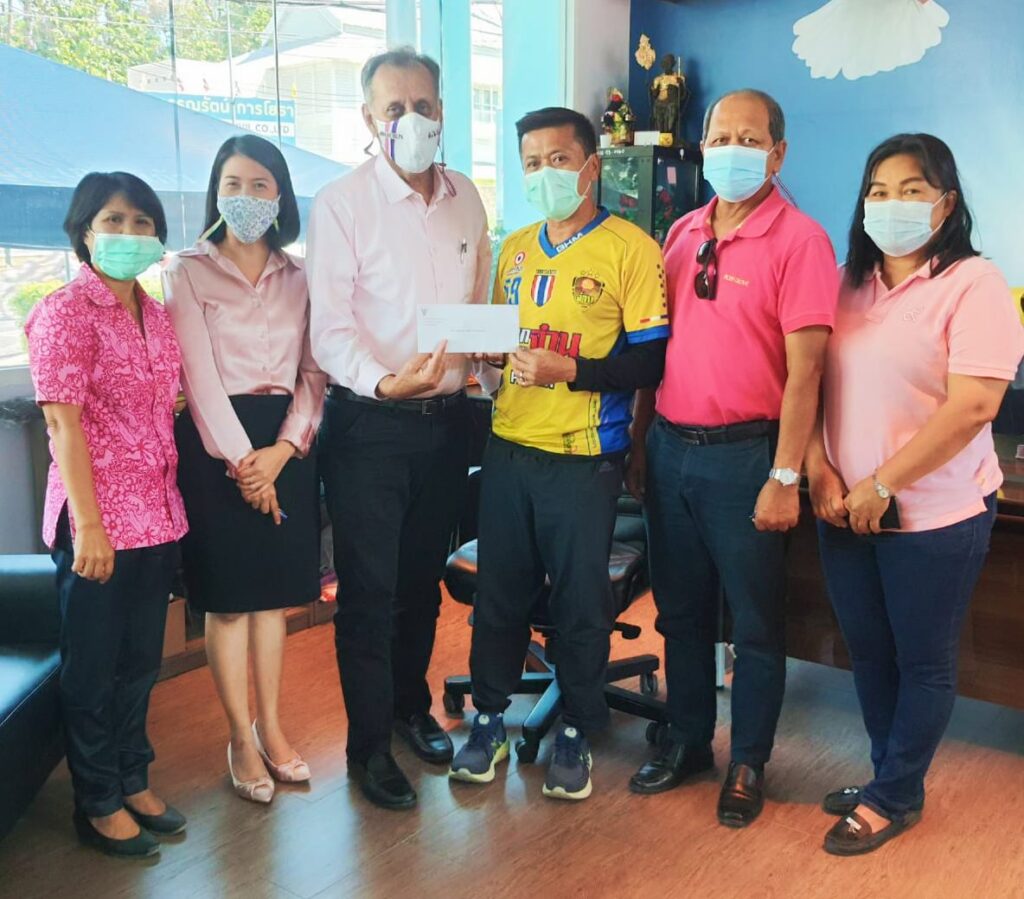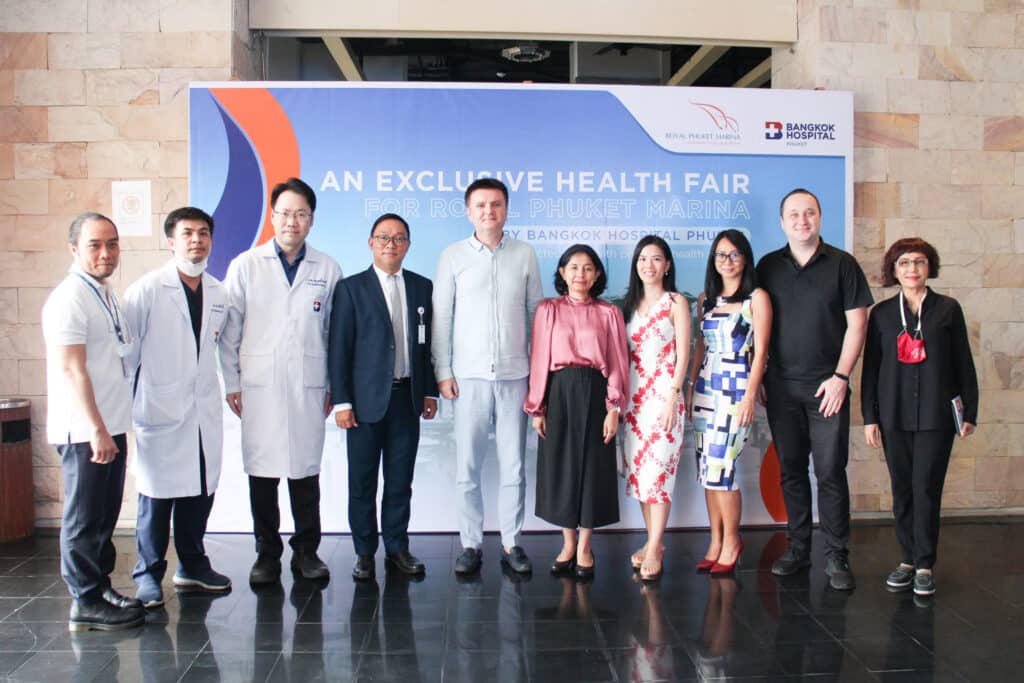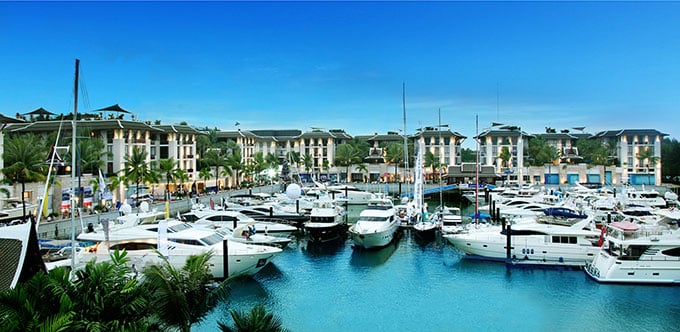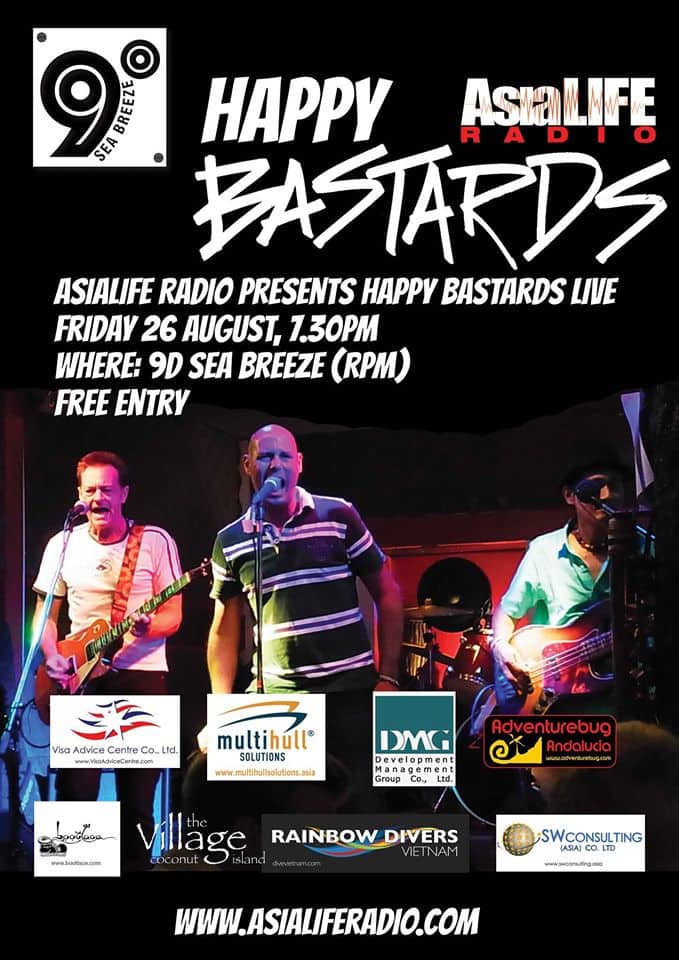On May 11, 1811, the brothers Eng & Chang Bunker were born in the province of Samutsongkram, near Bangkok, in the Kingdom of Siam (today’s Thailand). They inspired the term “Siamese Twins†as they were joined at the chest at the sternum by a small piece of cartilage. Though their livers were fused, they were independently complete.
Their fisherman father was a Chinese Thai, while their mother, Nok, (Thai: นาà¸; rtgs: Nak) was Chinese Malaysian. Because of their Chinese heritage, they were known locally as the “Chinese Twins”. The brothers were joined at the sternum by a small piece of cartilage, and though their livers were fused, they were independently complete.
In 1829, Robert Hunter, a Scottish merchant who lived in Bangkok, saw the twins swimming and realized their potential. He paid their parents to permit him to exhibit their sons as a curiosity on a world tour. When their contract with Hunter was over, Chang and Eng went into business for themselves. In 1839, while visiting Wilkesboro, North Carolina, the brothers were attracted to the area and purchased a 110-acre (0.45Â km2) farm in nearby Traphill.
Determined to live as normal a life they could, Chang and Eng settled on their small plantation and bought slaves to do the work they could not do themselves. Using their adopted name “Bunker”, they married local women on April 13, 1843. Chang wed Adelaide Yates, while Eng married her sister, Sarah Anne. The twins also became naturalized American citizens.
The couples shared a bed built for four in their Traphill home. Chang and Adelaide would become the parents of eleven children. Eng and Sarah had ten. After a number of years, the wives began to dislike each other and separate households were set up west of Mount Airy, North Carolina in the town of White Plains. The brothers would alternately spend three days at each home. During the American Civil War, Chang’s son Christopher and Eng’s son Stephen both served in the Confederate States Army. The twins lost most of their money with the defeat of the South and became very bitter. They returned to public exhibitions, but this time they had little success. Nevertheless, they maintained a high reputation for honesty and integrity, and despite their odd marriages they were highly respected by their neighbors.
The brothers died in 1874 and the fused liver of the Bunker brothers was preserved and is currently on display at the Mütter Museum in Philadelphia, Pennsylvania. Numerous artifacts of the twins, including some of their personal artifacts and their travel ledger, are displayed in the North Carolina Collection Gallery in Wilson Library at the University of North Carolina at Chapel Hill; this includes the original watercolor portrait of Chang and Eng from 1836.
Now that is a fact about Thailand, and more great facts about Thailand coming soon.
Source: en.wikipedia.org/

